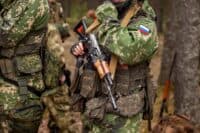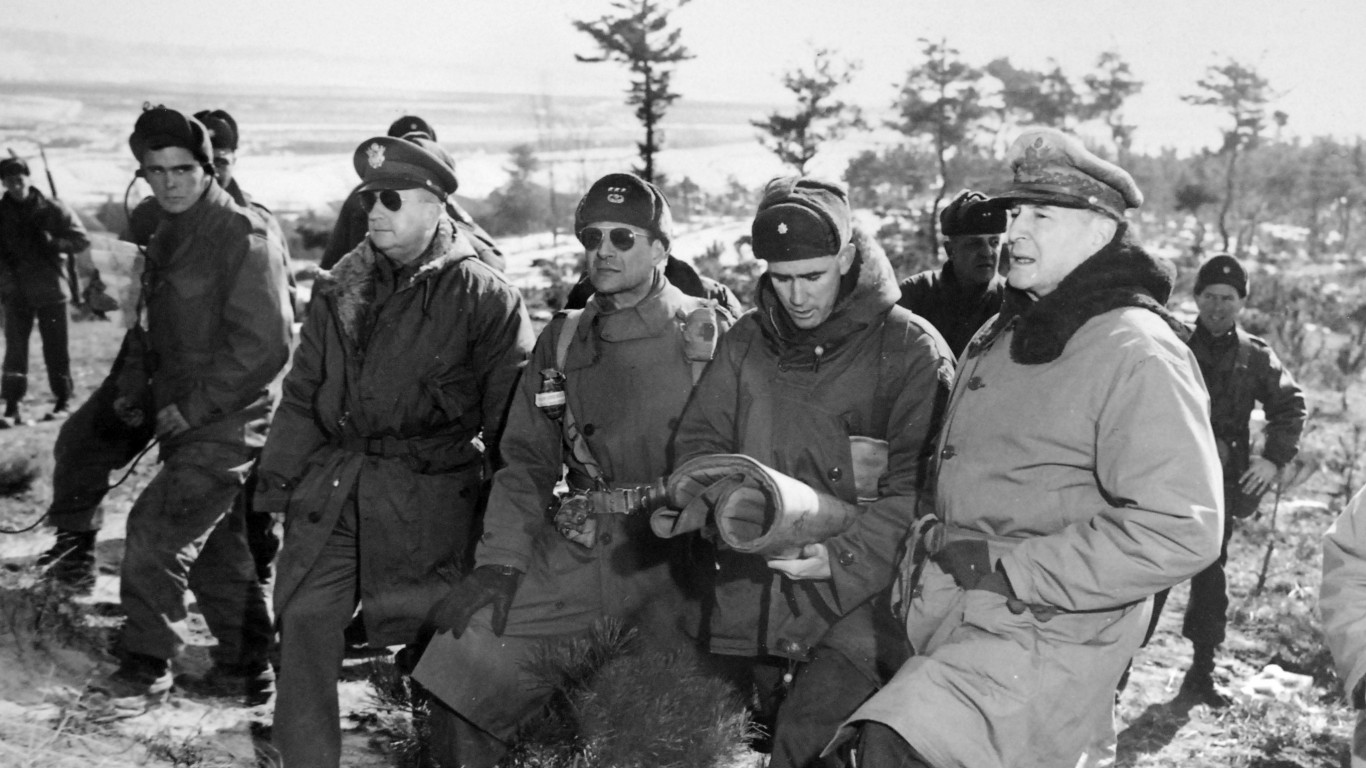
By the letter of the law, the Korean War is still ongoing. The fighting ended in 1953 and the Korean Demilitarized Zone was formed near the 38th parallel. Today, an uneasy truce exists between the communist regime in Pyongyang and the liberal democracy in Seoul. For most of its history, Korea was a unified kingdom but the end of World War Two kickstarted a series of events that led to the current division. This article will explain how Korea became divided and what might happen next.
Why This Matters
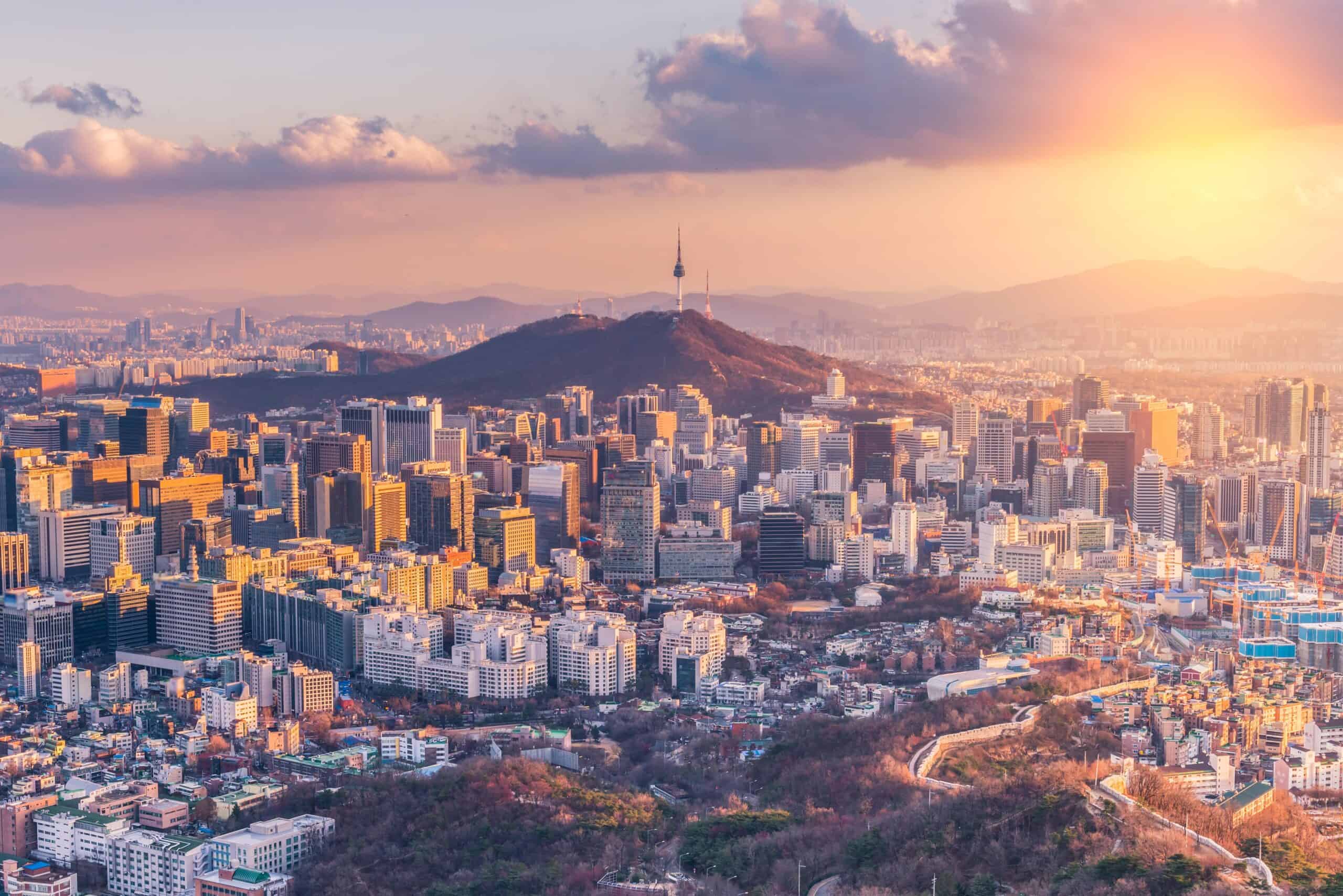
North Korea signed a security pact with Russia in June 2024. The treaty is a rehash of an earlier agreement signed in 1961. While this pact is unlikely to change much in the short term, it may have long-term implications for the region. The historical context is an important part of understanding the present geopolitical situation.
The Hermit Kingdom and Colonial Rule
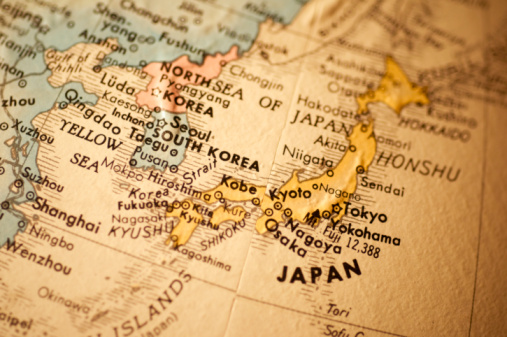
For most of its history, Korea was a tributary of China but mostly left to its own devices as a de facto independent kingdom. The term ‘Hermit Kingdom’ is sometimes used to describe the isolationist north today but it was first applied to the whole peninsula in the 19th century by an American missionary. Korea was not the only state in East Asia to close its doors to the outside world but it was the most stringent in rejecting diplomatic overtures from other nations.
That self-imposed isolation ended towards the end of the 19th century. The advent of steam power, improved medicine, and powerful weapons allowed great powers to exert global influence. Korea was the object of a three-way struggle between China, Japan, and Russia. After Japan defeated Russia in 1905, it became the dominant power in the Korean peninsula. Japan annexed Korea in 1910 and imposed a harsh colonial rule that persisted until 1945. Many aspects of that period are still apparent in the present. Such controversies as the destruction of Korean artifacts and historical documents, the use of slave labor, and so-called “comfort women” remain points of contention between Seoul and Tokyo. South Korea maintains that Japan has not done enough to make amends for its past crimes.
Post-World War Two Partition
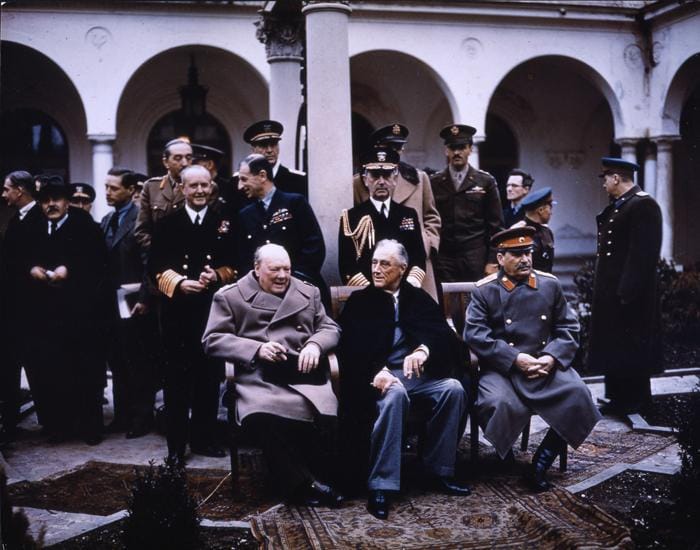
On December 1, 1943, Britain, China, and the United States issued the Cairo Declaration. The statement outlined postwar plans for territory retaken from Japan. Korea was included in the declaration:
The aforesaid three great powers, mindful of the enslavement of the people of Korea, are determined that in due course Korea shall become free and independent.
The wording of the statement would cause friction later, as “in due course” held different meanings for the Korean people and the United States. The Soviet Union stayed out of the Pacific War until August 1945. Stalin made no demands for Korea at the Yalta Conference to discuss the USSR’s entry into the Pacific Theater. The Soviet Union had little interest in Korea’s fate beyond installing a friendly regime. There were vague plans for a multipower trusteeship over Korea until the Korean people were deemed “ready” to handle their own affairs.
Stalin honored his agreement and entered the Pacific War in August 1945. The Red Army was the most battle-hardened military on the planet and made short work of the Japanese forces in Manchuria. Arguably, the Soviet entry into the conflict was an even bigger factor in Japan’s sudden capitulation than the atomic bombs.
Japan’s surrender was much quicker than had been anticipated. The Soviet Union agreed to halt its advance on Korea at the 38th parallel. This was a remarkable concession to make in the circumstances as American troops would not arrive for another month. The Red Army established a hard border at the 38th, at least for resources. People were quite free to return home to the south and some 1.6 million made that journey.
American And Soviet Occupation
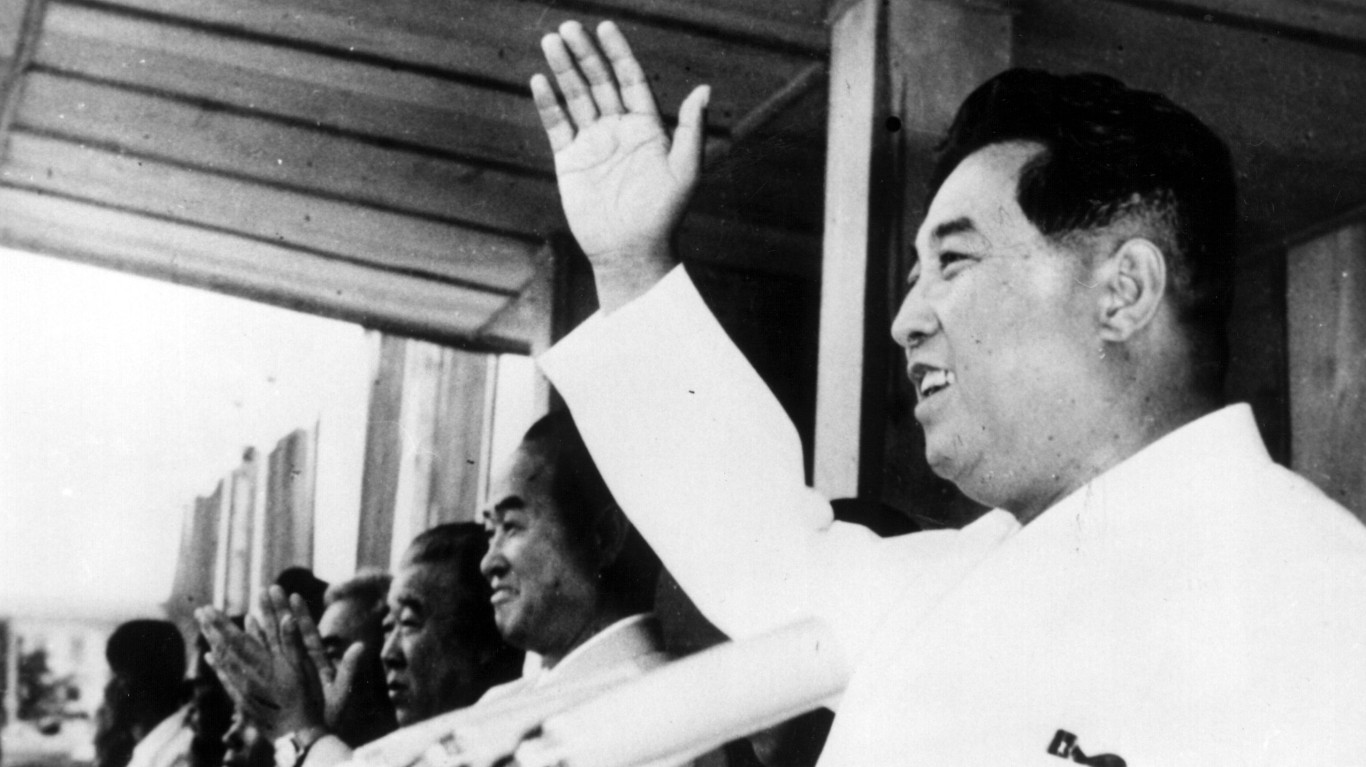
The partition was always intended to be temporary. Neither the Soviet Union nor the United States had any serious interest in maintaining a long-term presence in the peninsula. However, rapidly diminishing postwar relations between Moscow and Washington complicated matters. Each side of the divide experienced a different style of occupation.
The North
In the north, the Soviets installed the former guerilla leader Kim Il-Sung as leader of the Democratic People’s Republic of Korea (DPRK). Japanese colonial officials were immediately expelled from the north. Christians and landowners (who’d collaborated with the Japanese) left in droves, making for a relatively smooth occupation. The USSR provided weapons and financial aid to strengthen Kim Il-Sung’s regime.
The South
On the other hand, the American military administration was fraught with difficulties. Initially warmly welcomed by the Koreans as liberators from Japanese rule, the honeymoon period soon wore off. Missteps by the incoming American administration stoked divisions and ignited tensions in the South. One of the first unforced errors was keeping the despised Japanese colonial structure in place, along with the same officials. A move that was soon overruled but did lasting damage. The Americans believed the Koreans were not yet capable of running their own affairs and needed a guiding hand. Conversely, the Koreans thought independence was only a matter of weeks, not years.
The Americans sent to Korea were largely ignorant of the customs and language and the occupying soldiers behaved poorly. Unlike Germany, Italy, and Japan, Korea was not a conquered enemy and locals chaffed under American administration. The troops sent to occupy Korea were not disciplined veterans but untested youths contemptuous of a harsh and strange that, in their eyes, had not “earned” its freedom. The right-wing Korean government propped up by Washington under Syngman Rhee was weak, corrupt, and fractured by different political factions.
Rejecting Reunification
Peaceful reunification of Korea was no longer on the table by 1948. Syngman Rhee was a hardline anti-communist and opposed removing the divide for fear of communists taking over. On the other hand, the Soviet Union knew any unified government that included Rhee would be no friend to Moscow. The uneasy status quo suited both parties for the time being. However, Rhee was deeply concerned about his regime’s weakness and appealed in vain for American soldiers to stay in Korea to deter the DPRK.
The Korean War
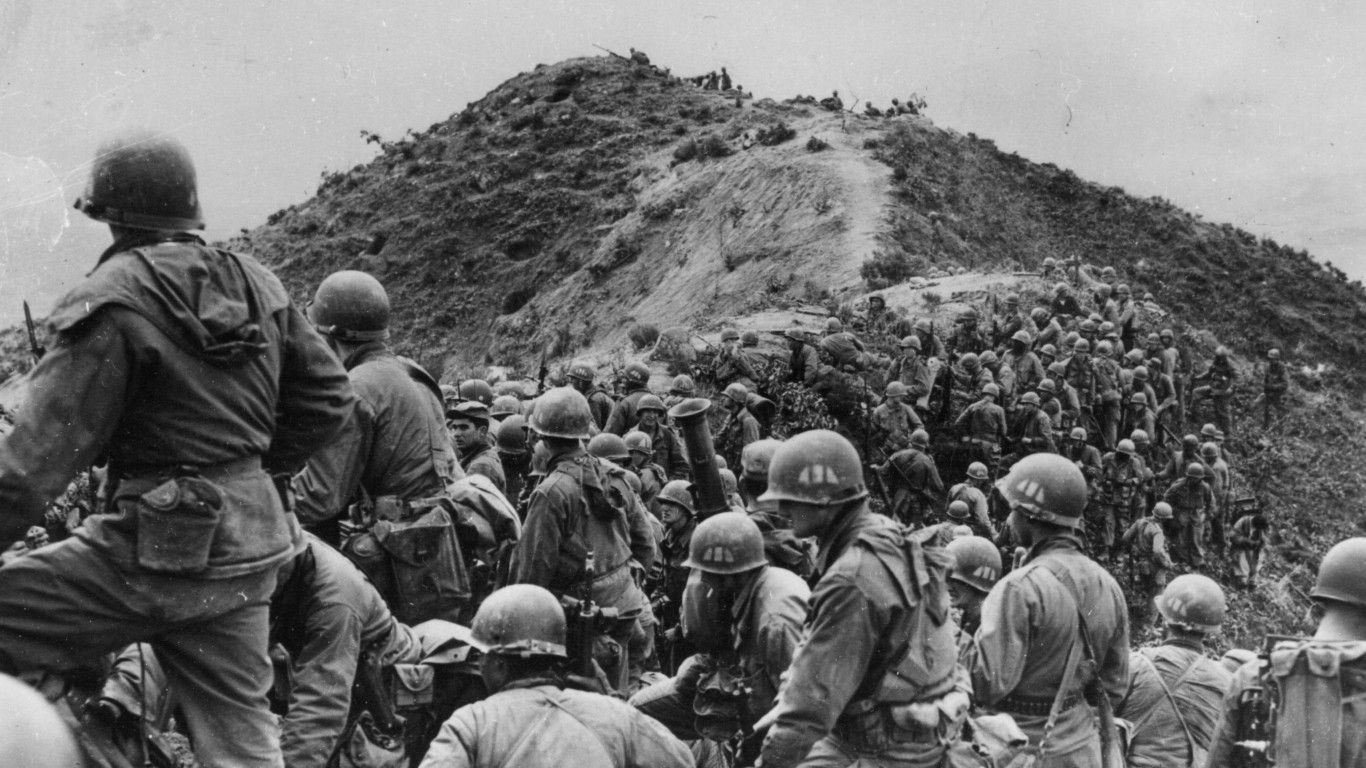
Early Phase
In 1950, Korea went from an unimportant backwater to the epicenter of the Cold War. At the time, Kim Il-Sung’s regime was stronger than its disunited neighbor to the south. The DPRK wanted to press its advantage and unify Korea by force. Stalin was hesitant but did not want to lose influence over North Korea and underwrote the plan on the understanding there would be no American intervention.
On June 25, 1950, North Korean troops attacked across the 38th parallel and it seemed like a swift victory was at hand. Seoul fell in three days but that victory came with the news the United States had entered the war. By August, the only territory still in ROK hands was the perimeter around the southern port city of Busan.
The line held and in September 1950, a multinational force commanded by Douglas McArthur landed at Inchon, about 18 miles west of Seoul. North Korean troops were routed and McArthur’s forces advanced well beyond the 38th. China entered the war on North Korea’s side in October 1950. The planned American offensive to end the war “by Christmas” failed and the Chinese counterattacks pushed Allied forces back.
Stalemate and Armistice
McArthur was relieved in April 1951 over sharp disagreements with Truman over the conduct of the war. With the lines stable, the war became a grinding stalemate with only limited offensives taking place. Negotiations for an armistice began as early as July 1951 but made little progress until 1953.
South Korean President Syngman Rhee was one of the main stumbling blocks to peace. He badly wanted allied forces to push on and take the entire peninsula. He had a poor relationship with Harry Truman and his authoritarian actions to extend his presidency in 1951-2 lowered his international standing. Rhee was unwilling to accept any peace that allowed Chinese troops to remain in Korea. In April 1953 he released 27,000 prisoners of war to disrupt peace talks, a move that American general Mark W. Clark called a “stab in the back.”
Though infuriated by Rhee’s actions, both the UN and the communists wanted a truce badly enough to push forward. The United States had to make several concessions to secure the armistice, including major military and financial aid and a security pack with the ROK. After 158 meetings spread over two years, the armistice ended hostilities on July 27, 1953.
Under the terms of the truce, both sides withdrew from the designated demilitarized zone which is still in place today. Barely touched by human hands since 1953, the DMZ is now a thriving habitat for local fauna.
Postwar Recovery
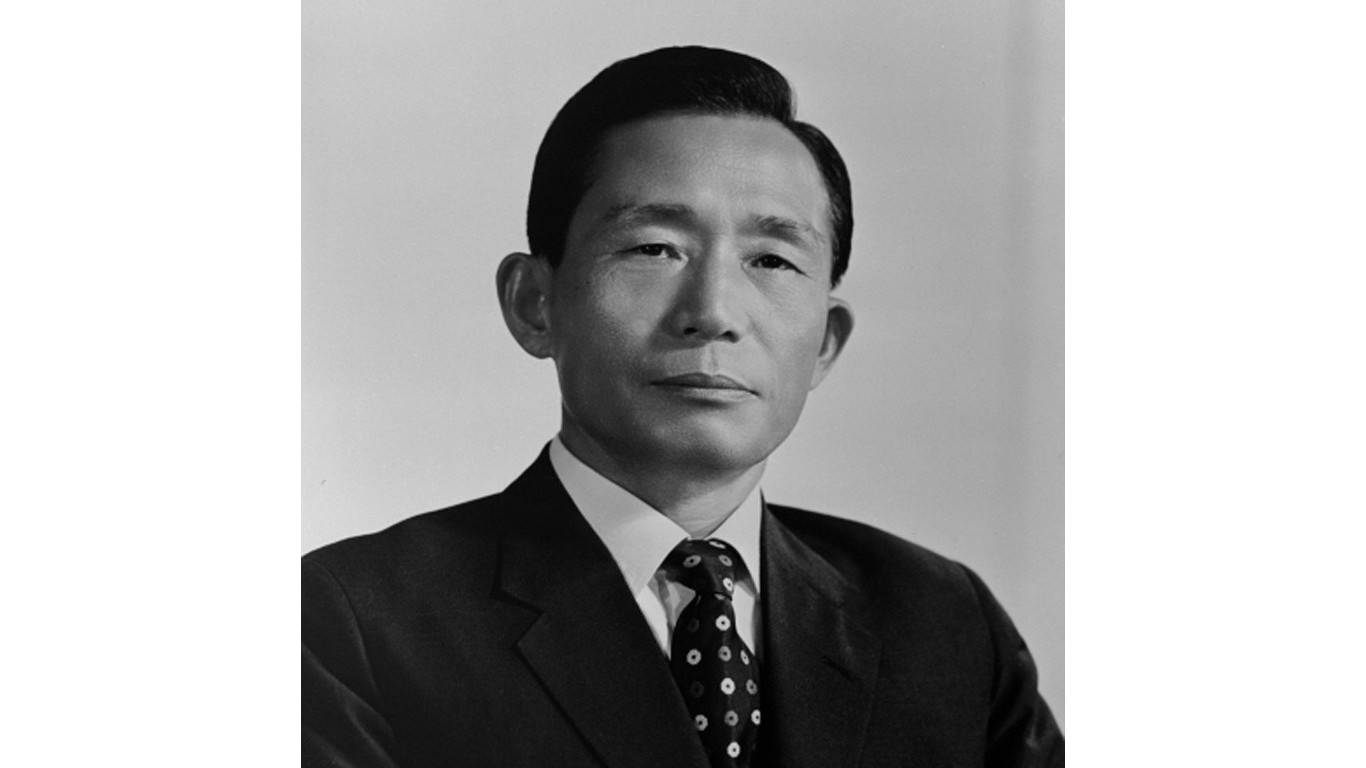
After one of the most destructive and ultimately fruitless wars of the 20th century, the fates of the two Koreas diverged sharply. Kim Il-Sung strengthened his grip on power by purging political opponents and outlined an ambitious plan to make North Korea a self-reliant independent socialist nation. The DPRK recovered quickly from the war and began a program of agricultural collectivization and industrialization. Initially successful, the momentum of the reforms couldn’t be maintained and the North Korean economy faltered. Kim tried to leverage the growing rift between the Soviet Union and China in his favor.
After the war, South Korea went from one of the poorest countries to one of the richest within a generation. Seoul’s postwar recovery was sluggish and beset by corruption and internal turmoil. After a rigged election in 1960, Syngman Rhee was forced out of office the following month. The newly-established Second Korean Republic lasted just 13 months before it was toppled by a coup led by General Park Chung Hee on May 16, 1961.
South Korea pivoted to an export economy fueled by huge family-owned conglomerates known as chaebol. These state-backed companies included Hyundai, LG, and Samsung. Land and educational reforms had a profound effect on Korean society. The rapid economic growth came at the cost of civil liberties and labor conditions but propelled South Korea into one of the world’s most powerful economies. Korea’s postwar economic explosion is sometimes called “the miracle on the Han River.”
Juche and Famine
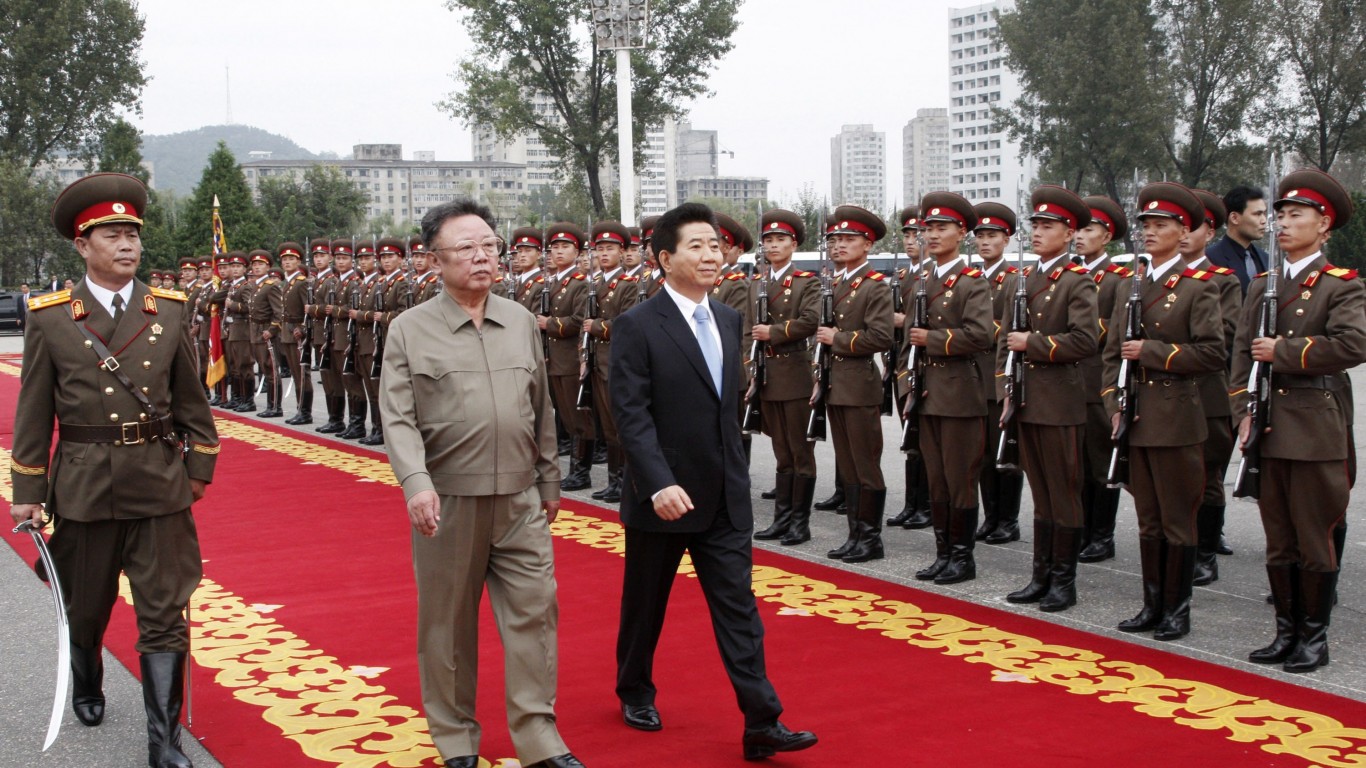
North Korea became increasingly isolated from the international community in the 1980s. Kim Il-Sung’s regime adopted the policy of juche (“self-reliance”) to meet its own needs but still required substantial support from its communist neighbors for its food and energy needs. A lack of resources and arable land meant North Korea’s food insecurity was a disaster waiting to happen. Kim Jong-Il succeeded his father in 1994.
The Soviet Union’s collapse in 1991 deprived Pyongyang of one of its main backers. Food production plummeted and in 1995-6 widespread flooding plunged North Korea into a devastating famine. Official records state around 250,000 – 300,000 died but the true figure is likely to be much higher: 2.5 – 3.5 million. North Korea’s pursuit of nuclear weapons intensified its international isolation. A series of talks from 2003-09 with China, Japan, Russia, South Korea, and the United States to disarm its nuclear program ultimately failed.
However, relations with Putin’s Russia improved and in June 2024, a mutual security pact between Russia and North Korea was agreed.
Democracy in South Korea
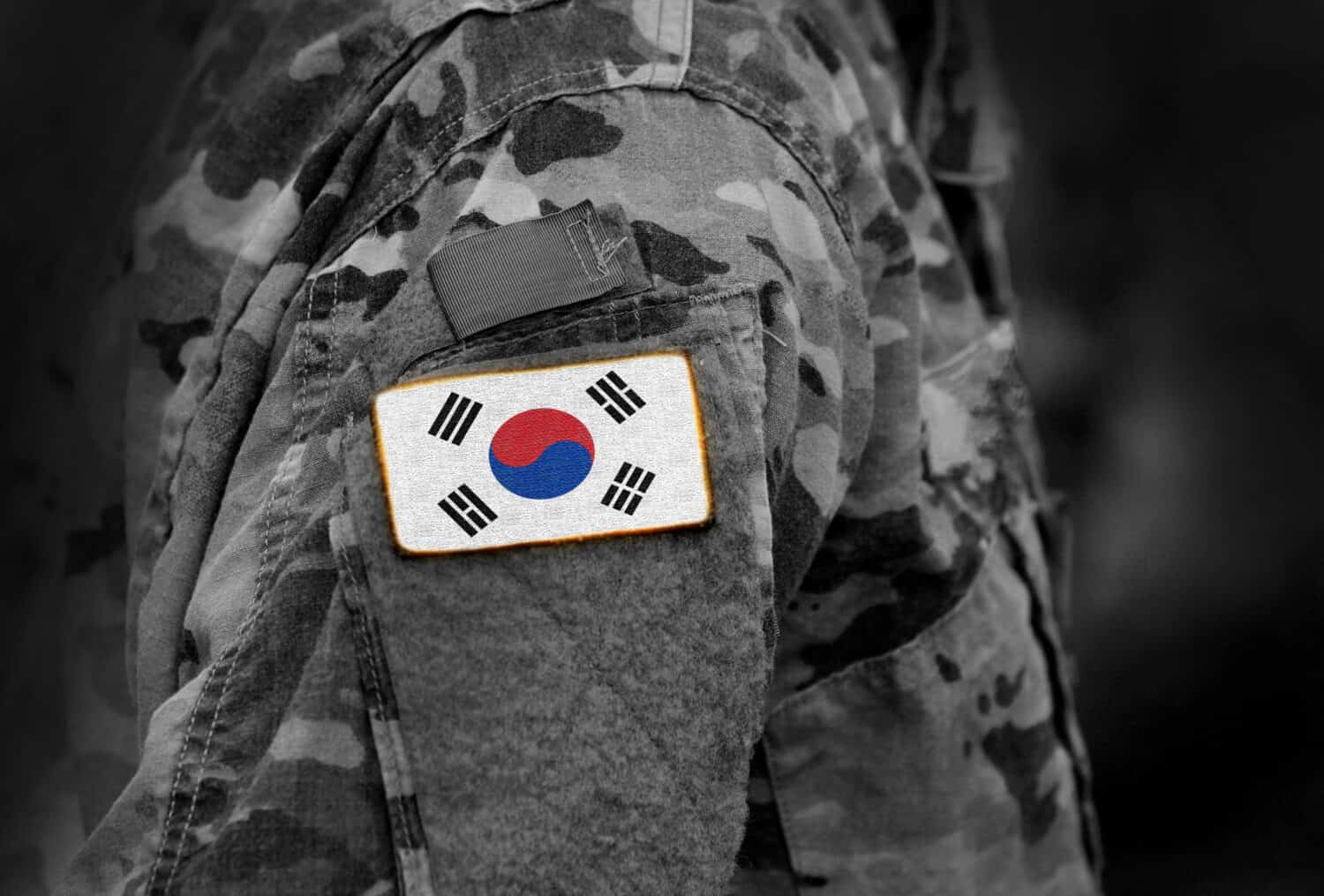
Park Chung Hee’s 18-year reign came to a sudden end in 1979 when he was assassinated and his death ignited a wave of pro-democracy movements in South Korea. In May 1980, a student uprising in Gwangju was violently suppressed by the military. The subsequent crackdown on suspected activists failed to deter pro-democracy groups in South Korea and in 1986-7 widespread protests against the military regime reached critical mass. In 1987, the June 29 Declaration announced sweeping reforms and the eventual establishment of the Sixth Korean Republic.
The Paths to Unification
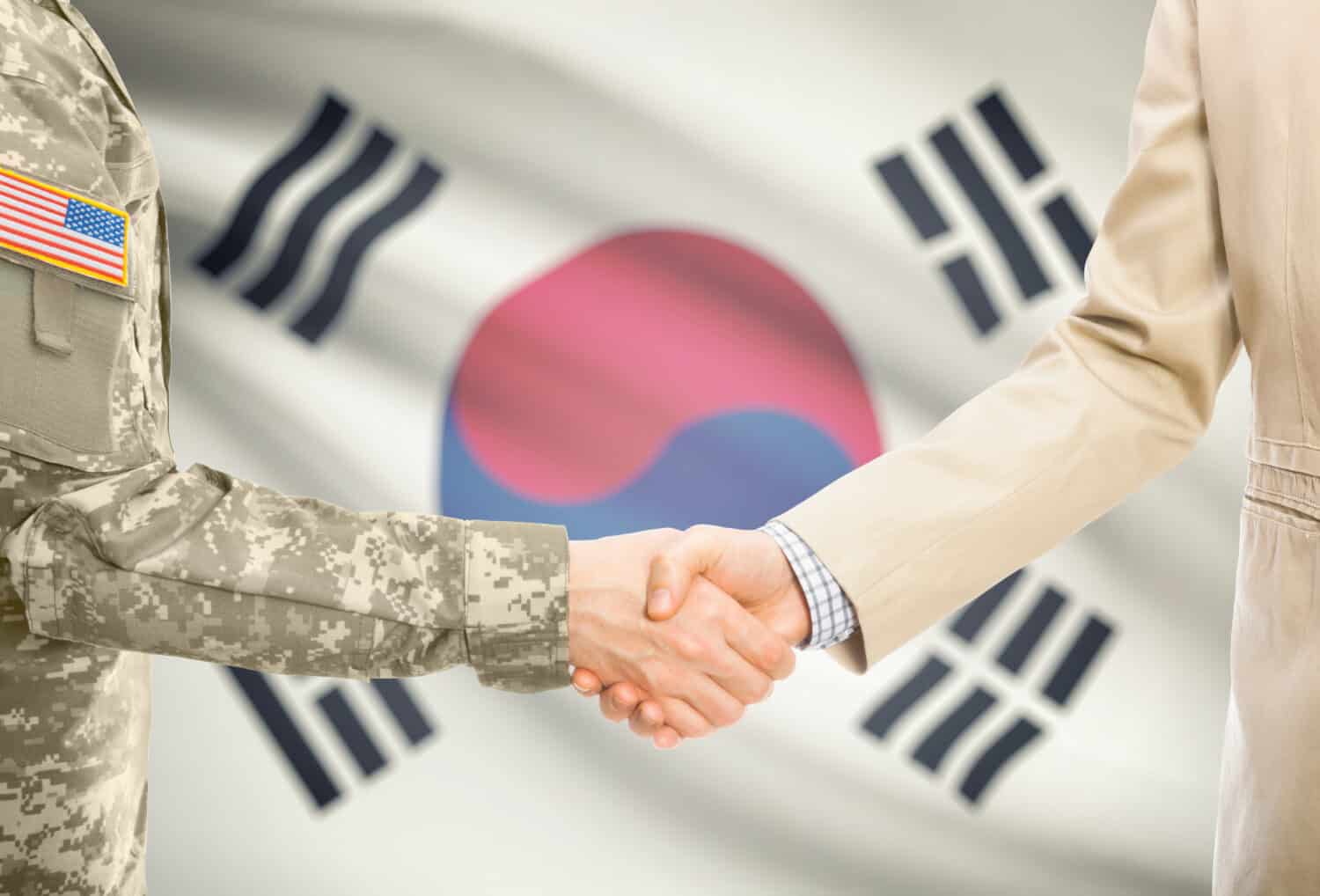
The temporary partition of Korea has lasted almost 80 years and will continue for the foreseeable future. While unlikely to change in the short term, there are multiple paths to Korean unification.
The North’s preferred option, proposed by Kim Il-Sung in 1960 and again in 1980, is to create a neutral federal republic: The Democratic Confederal Republic of Goryeo (also written as Koryo). Under this model, the North and South would coexist under a loose federation. Given the sharp ideological divergence between the communist north and capitalist south, such a system would face serious practical difficulties.
The South favors a gradual, peaceful path to reunification that rules out the use of force. The official line is a three-phase process that begins with reconciliation and cooperation. The second phase is a Korean Commonwealth before giving way to a fully unified single state. The current state of inter-Korean relations makes even the first phase seem currently out of reach.
There are also external factors that could pave the way to a unified Korea. One possibility is the North Korean regime collapses and is absorbed into the Republic of Korea. Integration would be a lengthy and difficult process.
Finally, while the use of force is a remote possibility, it can never be fully discounted. A renewed phase of hostilities would be devastating locally and, given the existing security pacts, a regional if not global disaster. However, if a renewed conflict did ignite or circumstances aligned to convince the North to attack again, unification would be almost inevitable.
Conclusion
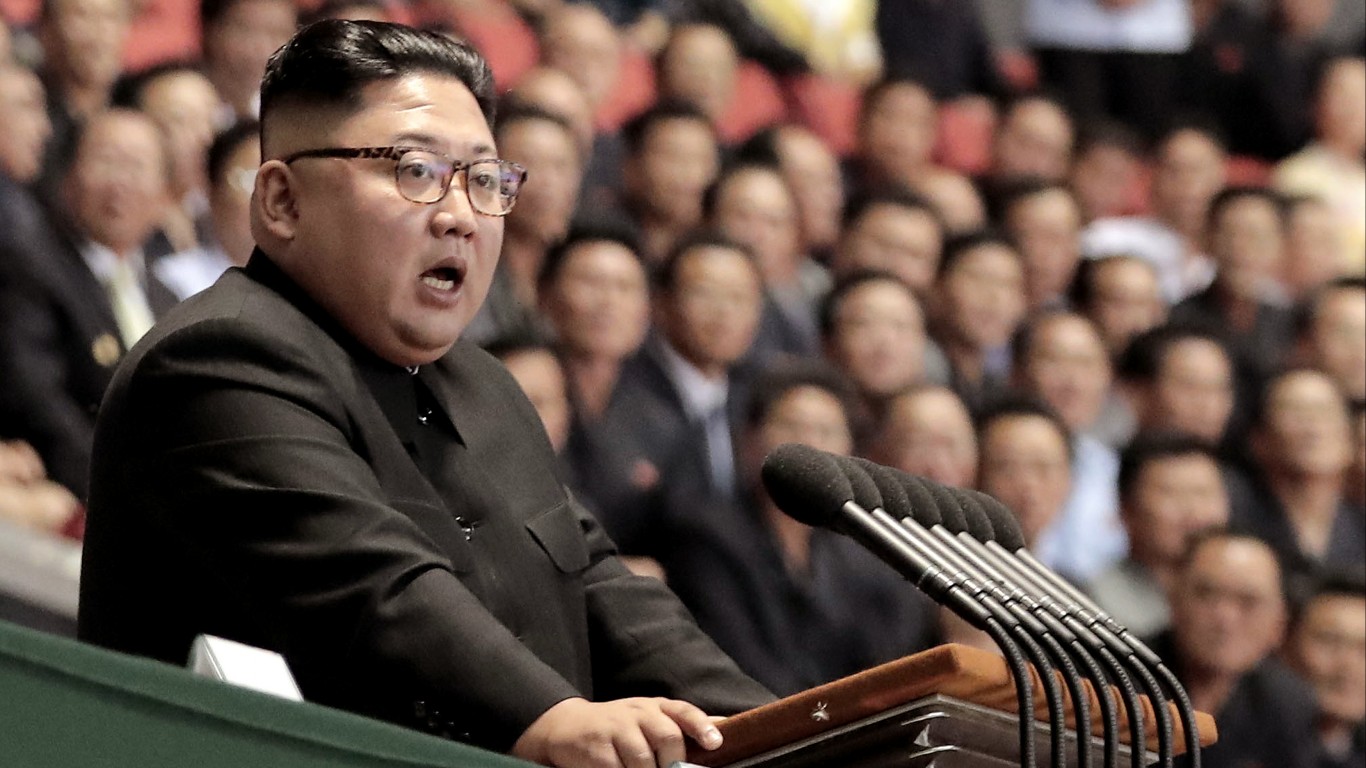
The partition of Korea was never supposed to be permanent but today unification seems a remote possibility in the short term. The Korean War ended without a permanent peace deal, instead resulting in an indefinite truce that persists into the present day. North Korea is one of the most isolated states in the world but its recent pact with Russia could provide a lifeline for the authoritarian regime headed by Kim Jong-Un. Fortunately, a return to the hostilities that ended in 1953 seems a remote possibility but until either a permanent peace deal with separate countries or complete unification is agreed upon, the Korean question remains unanswered.
It’s Your Money, Your Future—Own It (sponsor)
Retirement can be daunting, but it doesn’t need to be.
Imagine having an expert in your corner to help you with your financial goals. Someone to help you determine if you’re ahead, behind, or right on track. With SmartAsset, that’s not just a dream—it’s reality. This free tool connects you with pre-screened financial advisors who work in your best interests. It’s quick, it’s easy, so take the leap today and start planning smarter!
Don’t waste another minute; get started right here and help your retirement dreams become a retirement reality.
Thank you for reading! Have some feedback for us?
Contact the 24/7 Wall St. editorial team.



